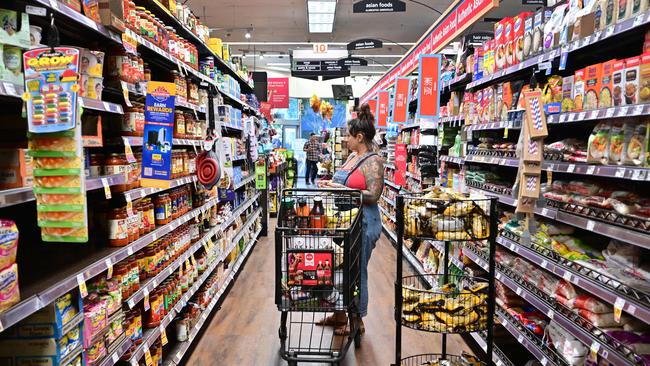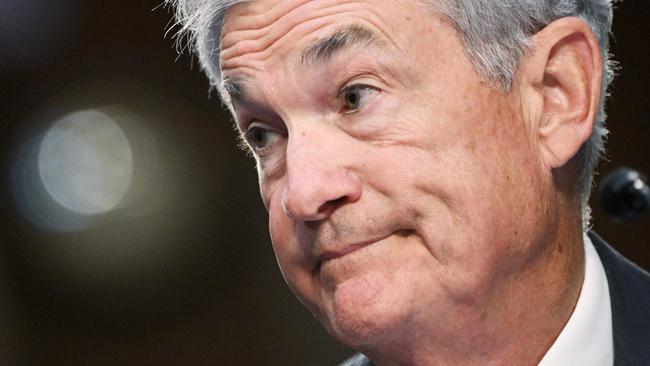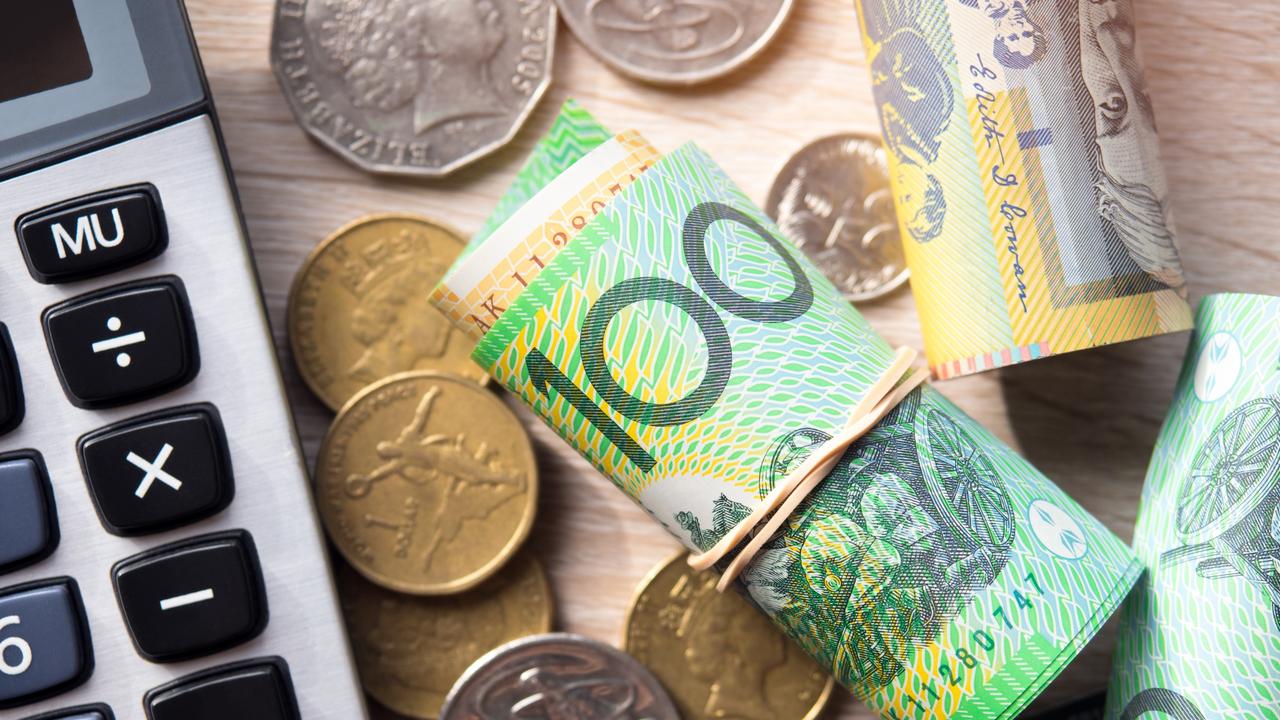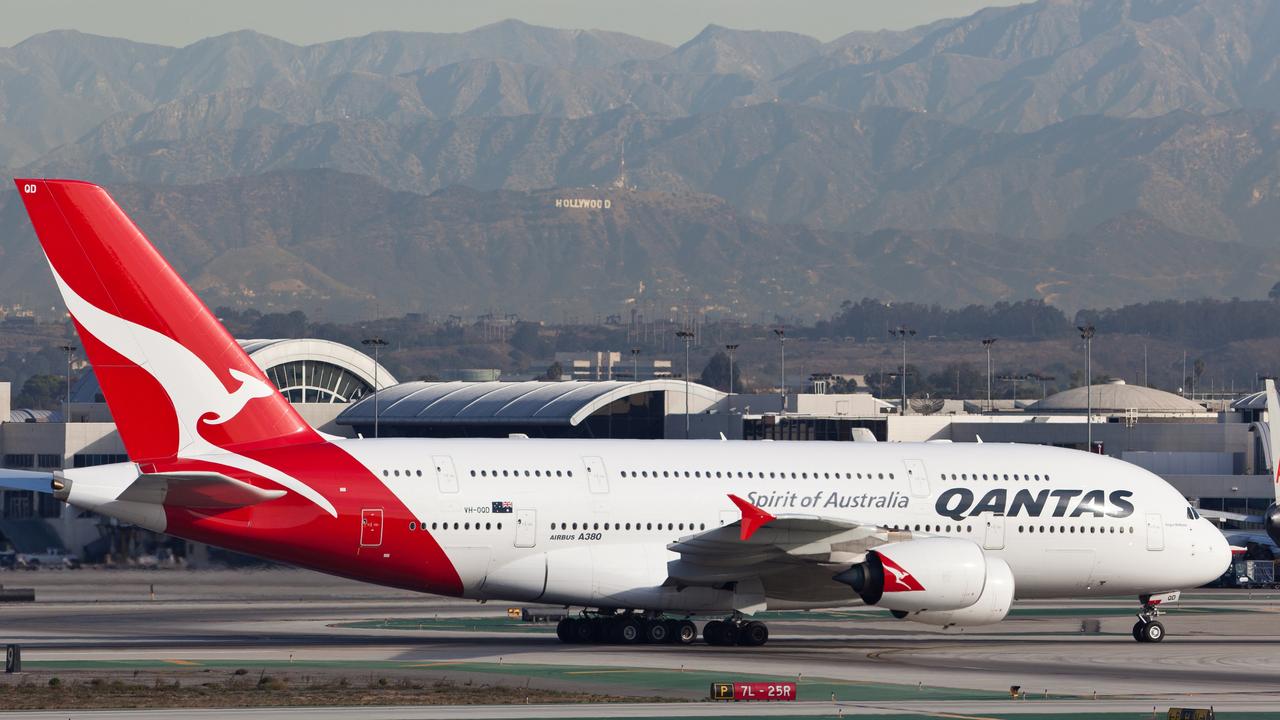Easing US inflation may stop rate hikes after July
US inflation came in at 3 per cent in June, its slowest pace in more than two years, calling into question if the Federal Reserve will lift rates after July.

Inflation cooled last month to its slowest pace in more than two years, giving Americans relief from a painful period of rising prices and boosting the chances that the Federal Reserve will stop raising interest rates after an expected increase this month.
The consumer-price index climbed 3 per cent in June from a year earlier, the US Labor Department said, sharply lower than the recent peak inflation rate of 9.1 per cent in June 2022.
The June rate declined from 4 per cent in May. Inflation was last close to 3 per cent in March 2021.
Still, inflation remains above the Federal Reserve’s 2 per cent target.
Fed officials have signalled that they are likely to raise interest rates to a 22-year high at their July 25-26 meeting, following recent signs of stronger-than-anticipated economic activity. The June inflation report isn’t expected to change that outcome.
Last month officials kept their benchmark federal-funds rate in a range between 5 per cent and 5.25 per cent.

That was their first pause after 10 consecutive increases since March 2022, when they raised it from near zero. Most of them in the June meeting pencilled in two more increases this year.
So-called core consumer prices, which excludes volatile food and energy categories, rose 4.8 per cent in June from a year earlier, the slowest pace since October 2021 and down from 5.3 per cent in May. Economists had estimated that core prices rose 5 per cent.
Prices for used cars and airline fare fell sharply, while prices for car insurance and recreation rose. Rent increased in June, though at the slowest one-month pace since early 2022.
Fed officials are focused on cooling stubbornly high core inflation, and see core prices as a better predictor of future inflation than the overall inflation rate.
Rising car prices, strong demand for labour-intensive services and an earlier surge in housing-rental prices have contributed to core inflation.
“After a punishing stretch of high inflation that eroded consumer’s purchasing power, the fever is breaking,” said Bill Adams, chief economist at Comerica Bank.
Investors cheered the figures, which affirmed the Fed was making progress in its work to stem high inflation. Stocks rose, and bond yields fell.
“My guess is that they’re (US Fed) so locked in on another increase in July that they’ll go ahead with that,” said David Wilcox, senior economist at Bloomberg Economics and the Peterson Institute for International Economics. “The main effect it will have is to really fortify the argument around July’s hike being the last of this campaign.”
The US economy remains resilient this year despite the Fed’s rate increases, defying predictions of an economic downturn.
Hiring slowed in June but was still strong and unemployment historically low. US economic output rose at a 2.3 per cent annual rate during the recently ended second quarter, according to the Atlanta Fed’s most recent estimate.


